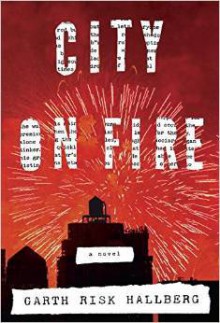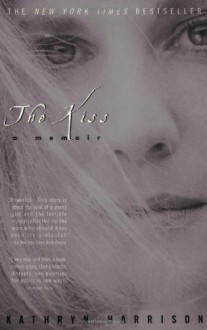
Thanks to the publishers (Vintage/Penguin Random House) and to Net Galley for offering me a complimentary copy in exchange for a review.
I must confess to feeling curious after reading about all the attention the novel was getting and the advance praise. Although I read a variety of authors and genres, I studied American Literature and have an affinity for it and an interest in new American writers, so I was intrigued. But, I didn’t investigate the matter further and didn’t quite realise how long this novel was.
Don’t get me wrong, I’ve read, and loved, many long novels (I love Moby Dick, although it is not quite this long, but I’ve also read War and Peace, several of Jonathan Franzen’s novels, and have never felt the length). And I’m sure I’ll read many more. Although perhaps since I’ve been dedicating more time to reviewing and reading about writing, I’ve become more impatient.
City on Fire is 944 pages long. There are many stories, all entangled into one (sort of), told from different characters’ point of view (using the third person), with some interludes that include (fictitious) documentation, like the article on Fireworkers (experts on firework or pyrotechnics) written by Richard, a reporter and writer, or the Fanzines that Sam (a young girl, fan of Punk music) writes. The novel doesn’t follow a chronological order either, and you have episodes set before New Year’s Eve, when one of the central plot events takes place —the shooting of a young girl (Sam)—, some set after, and some set many years later, with flashbacks to years before, in seemingly no particular order, although not difficult to follow (but somewhat exhausting if one is reading for long periods of time. And I wonder if it could be confusing if people read the book in short chunks). The book, set in New York, in the Seventies, refers also to a number of issues, like the financial crisis, the musical movements of the time, riots, the big blackout, art, and all those worlds are illustrated by characters from different genres, social classes, walks of life, ethnicities, sexuality and origins. Ambitious is an adjective that has been used to describe this novel, and there’s no denying that. There are cops with physical ailments nearing retirement, artist, musicians, youngsters exploring and discovering themselves, rich and unhappy families, conspiracies and financial entanglements, an anarchist group setting up fires and bombs, adultery, love, a shooting, drugs, alcohol, writing, radio… And always New York.
The author has a beautiful turn of phrase, and you can’t but admire some of his sentences, although they can have the effect of throwing you out of the story. I kept thinking of the indictment for writers, ‘Kill your darlings’, don’t let those pieces that seem like beautiful paintings decorating the book just hang there. Remove anything that has nothing to do with the story or does not contribute to its progress. But perhaps the story is not the aim of this novel. I wasn’t so sure about the characters, either. Most of them were interesting, but perhaps there was something generic about them, and despite the length of the book I didn’t get the sense that I really knew a lot of them (not the same time is dedicated to the inner thoughts of all the characters, and some of the secondary characters that are potentially interesting, like Amory, are not given a voice), and the ones I felt I knew were familiar types. The rhythm is leisurely and although at times it seems about to pick up the pace (during the blackout), the changes in time-frame and point of view slow it down again. I was somewhat puzzled at finding the interludes about the fireworks more engrossing than some parts of the novel (although I’ve always loved fireworks, but it could be the journalistic style).
Having read some of the comments, I have to agree that much of what contributes to the vastness of the novel does not necessarily add to the experience of the reader or the story (at least for me). City on Fire is a huge canvas, with some very beautiful splashes and sublime moments, but perhaps the sum does not live up to the promise of the parts. I felt it aspired to be like one of the fireworks it describes, that have several layers and fuses, and go up, and down, and then back up again, before exploding in a wonder of colours and shapes. For me it didn’t manage, but it’s impressive nonetheless.

 Log in with Facebook
Log in with Facebook 





 1/5 Travels Back: Margaret Atwood recalls dramas in reading her work to audiences. Why does 'national identity' intrigue her? Read by Liza Ross.
1/5 Travels Back: Margaret Atwood recalls dramas in reading her work to audiences. Why does 'national identity' intrigue her? Read by Liza Ross.




